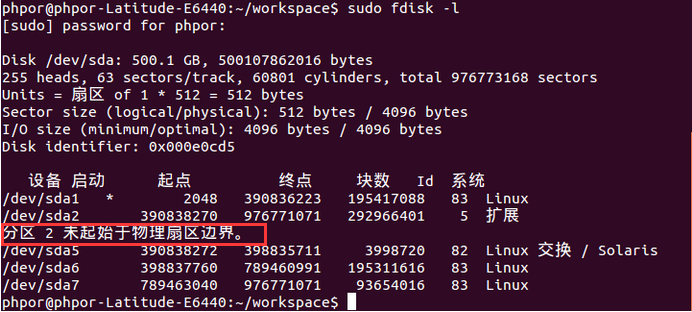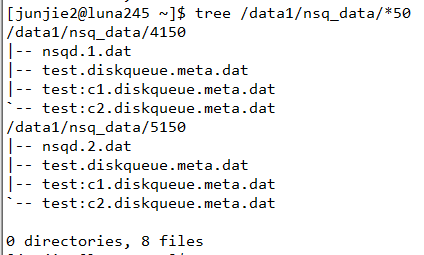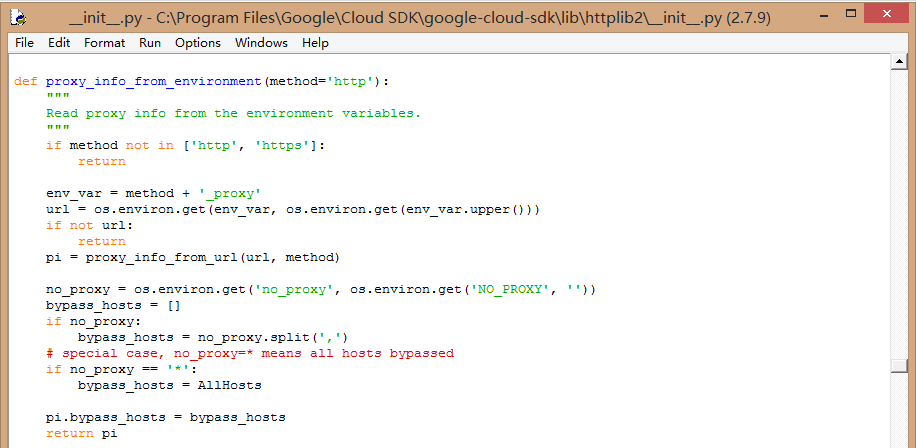转载: http://stackoverflow.com/questions/22697049/what-is-the-difference-between-google-app-engine-and-google-compute-engine
App Engine is a Platform-as-a-Service. It means that you simply deploy your code, and the platform does everything else for you. For example, if you app becomes very successful, App Engine will automatically create more instances to handle the increased volume.
Read more about App Engine
Compute Engine is an Infrastructure-as-a-Service. You have to create and configure your own instances. It gives you more flexibility and generally costs much less than App Engine. The drawback is that you have to manage your deployment yourself.
Read more about Compute Engine
You can mix both App Engine and Compute Engine, if necessary. They both work well with the other parts of the Google Cloud Platform.
To put it simply: compute engine gives you a server which you have full control/responsibility for. You have direct access to the operating system, and you install all the software that you want, which is usually a web server, database, etc…
In app engine you don’t manage the operating system of any of the underlying software. You only upload code (Java, PHP, Python, or Go) and voila – it just runs…
App engine saves tons of headache, especially for inexperienced people but it has 2 significant drawbacks: 1. more expensive (but it does have a free quota which compute engine doesn’t) 2. you have less control, thus certain things are just not possible, or only possible in one specific way (for example saving and writing files).
Basic difference is that Google App Engine (GAE) is a Platform as a Service (PaaS) whereas Google Compute Engine (GCE) is an Infrastructure as a Service (IaaS).
To run your application in GAE you just need to write your code and deploy it into GAE, no other headache. Since GAE is fully sclable, it will automatically acquire more instances in case the traffic goes higher and decrease the instances when traffic decreases. You will be charged for the resources you really use, I mean, the Instance-Hours, Transferred Data, Storage etc. But the restriction is, you can create your application in only Python, PHP, Java and Go
On the other hand, GCE provides you full infrastructure in the form of Virtual Machine. You can write or install any program in GAE virtual machine. Actually GAE is the way to use Google Data Centers virtually. In GAE you have to manually configure your infrastructure to handle scalability by usingLoad Balancer.










